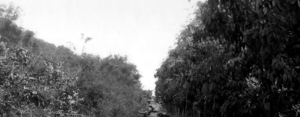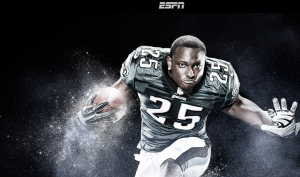A Village, A Hill, Horror
David Zucchino | Philadelphia Inquirer | April 2000
Trung Luong was a remote hamlet folded into a fertile valley in the Central Highlands of South Vietnam, not far from the South China Sea.
None of the young American soldiers who fought there, and died there, and left pieces of themselves there, had ever heard of Trung Luong until they approached the village on a brutally hot day in June 1966. Today, 25 years after the war ended and 34 years after an airborne battalion spent three unforgettable days in the hamlet, there are still very few Americans who have heard of Trung Luong.
By the time the Vietnam War ended on April 30, 1975, more than 58,000 Americans were dead and 153,000 had been wounded. Thirty-one died at Trung Luong, many of them teenagers. In addition, 155 were wounded, some grievously.
For the men who survived the terror of that place, it is difficult to comprehend that the most searing events of their lives could pass with such little notice, then or now. You will not find Trung Luong ((pronounced trung long) in Gen. William C. Westmoreland’s official account, Report on the War in Vietnam, nor in Stanley Karnow’s seminal work, Vietnam: A History.
“This was a big, but not a huge, battle. It was a significant, but not an overwhelming, battle,” says John Carland, a military historian who is writing Stemming the Tide, about Vietnam battles in 1965 and 1966. “It was like so many, many battles of that war.”
Writer bio: David Zucchino won the Pulitzer Prize for Feature Writing for The Philadelphia Inquirer in 1989 for his series, “Being Black in South Africa”. Zucchino, who wrote for the Inquirer for 21 years, currently serves as a foreign correspondent for the Los Angeles Times.

